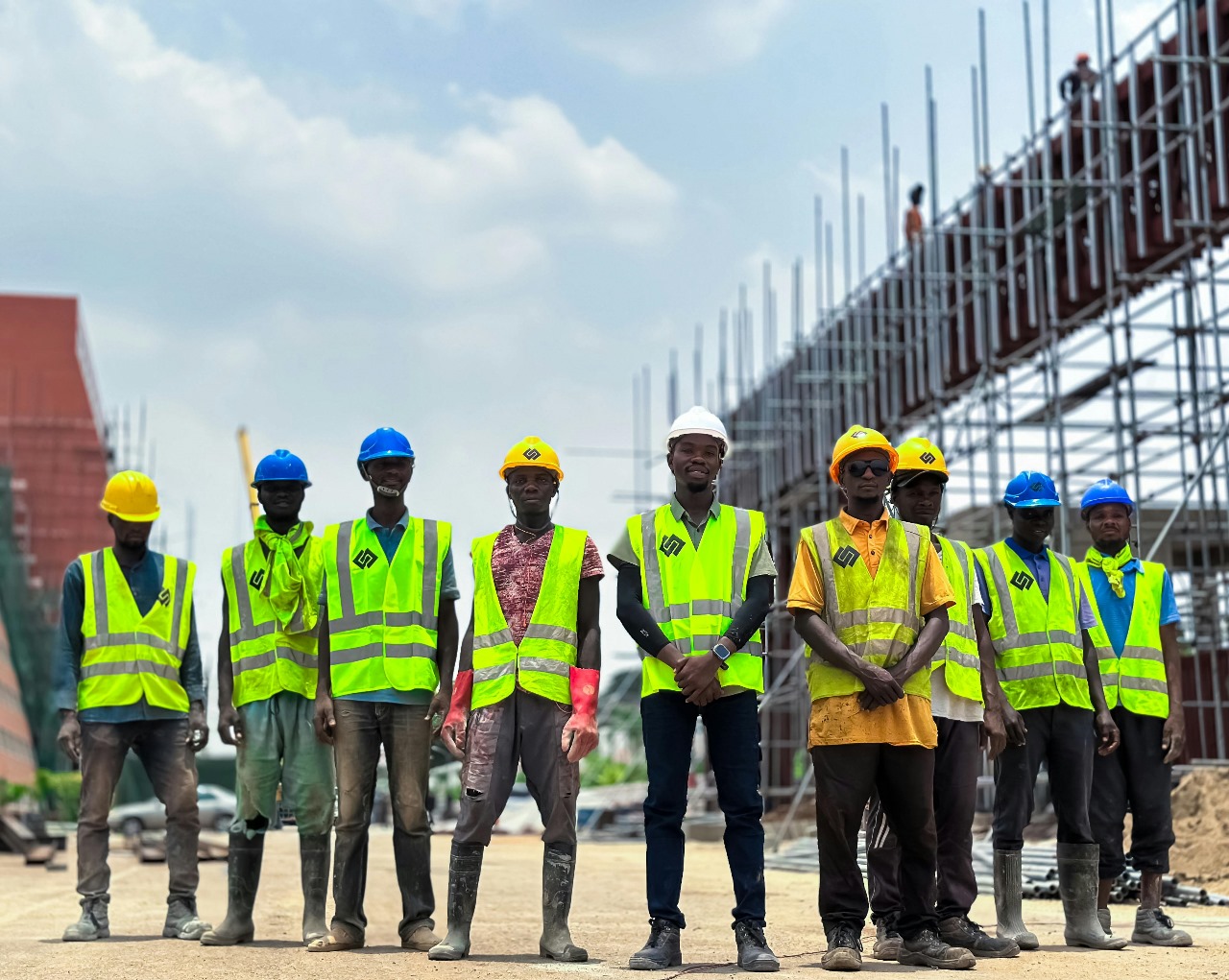Bangladesh, a country rich in history and culture, is home to countless wonders waiting to be uncovered. Among its greatest treasures are the Archaeological Sites of Bangladesh, each offering a glimpse into ancient civilizations, architectural marvels, and forgotten empires. The archaeological sites of Bangladesh hold immense historical, cultural, and touristic value. From the grandeur of Mahasthangarh to the serenity of Paharpur, the archaeological sites of Bangladesh captivate explorers, scholars, and history lovers alike. In recent years, more hidden archaeological sites of Bangladesh have been discovered, deepening the fascination surrounding them. These archaeological sites of Bangladesh are not just ancient ruins; they tell stories of kingdoms, religions, and societies. The archaeological sites of Bangladesh include Buddhist monasteries, Islamic mosques, Hindu temples, and colonial-era forts, all echoing a vibrant past. Visiting these archaeological sites of Bangladesh is like time traveling into the heart of South Asia’s history. The government and private explorers are increasingly focusing on the archaeological sites of Bangladesh to promote tourism and education. It’s time we truly appreciate the hidden archaeological sites of Bangladesh, protect them, and bring their stories to life for the world to see.
Unearthing the Undiscovered
The known archaeological sites of Bangladesh like Paharpur, Mahasthangarh, and Mainamati are widely visited, but beyond these lie lesser-known sites still untouched by mass tourism. Among them is Wari-Bateshwar, a potential ancient trading hub dating back 2500 years. This hidden gem among the archaeological sites of Bangladesh reveals remnants of an urban center, complete with fortifications and ancient coins. Sites like Egarosindur, Vasu Vihara, and the ruins in Bogura continue to surprise historians with their untouched relics and cultural layers.
One of the most mysterious archaeological sites of Bangladesh is the archaeological complex of Raghurampur in Munshiganj, believed to be part of a lost Buddhist civilization. These newly identified archaeological sites of Bangladesh are gradually being mapped, studied, and preserved. Each of these archaeological sites of Bangladesh contributes to understanding the region’s diverse and complex history. The lesser-known archaeological sites of Bangladesh offer a quieter, more immersive experience for explorers looking beyond the tourist trail.
Why Bangladesh is an Untapped Historical Treasure
Unlike other South Asian countries where major heritage sites are globally promoted, the archaeological sites of Bangladesh are often overlooked in global tourism. However, this is what makes them special—authentic, raw, and undisturbed. The archaeological sites of Bangladesh range from prehistoric settlements and Buddhist Viharas to Hindu temples and Islamic forts. This blend of religious and cultural diversity reflects the rich tapestry of civilizations that once thrived here. With the development of better infrastructure and local support, the archaeological sites of Bangladesh are now more accessible than ever. Academic institutions and archaeologists are documenting more of these archaeological sites of Bangladesh, ensuring they are protected for future generations.
Why Choose Us
As passionate advocates for heritage preservation and cultural exploration, we specialize in curated tours to the archaeological sites of Bangladesh. Our experienced guides offer in-depth knowledge, bringing history to life in an engaging and informative way. Unlike generic travel packages, our tours are tailored for history lovers, students, researchers, and adventurers. We go beyond the mainstream archaeological sites of Bangladesh and take you deep into the lesser-known territories, ensuring a rich and fulfilling experience. With responsible tourism at our core, we work with local communities to ensure the archaeological sites of Bangladesh remain preserved and respected. Choose us for a journey that is educational, sustainable, and unforgettable.
Top Hidden Archaeological Sites You Must Visit
Wari-Bateshwar
This 2,500-year-old site is believed to have been part of the ancient trade route connecting Southeast Asia. The site includes fortifications, artifacts, and ancient roads, showcasing the early urbanization of Bengal. It is one of the most significant archaeological sites of Bangladesh yet to be fully explored.
Egarosindur
Located in Kishoreganj, Egarosindur holds mosques, tombs, and ruins from both Islamic and pre-Islamic periods. The architectural remains suggest it was once a powerful trading city, adding value to the archaeological sites of Bangladesh network.
Raghurampur
A relatively unknown site in Munshiganj, Raghurampur presents the remains of Buddhist structures, offering potential evidence of yet another ancient Buddhist hub in the region. It’s one of the rising archaeological sites of Bangladesh gaining attention from scholars.
Vasu Vihara
Located in Bogura, Vasu Vihara holds archaeological remains that hint at an ancient university or monastic center. This hidden treasure among the archaeological sites of Bangladesh is a must-visit for spiritual and academic seekers.
Bhitargarh
Situated in Panchagarh, Bhitargarh is the largest fortified city in the northern part of Bangladesh. The site contains layered structures and fortifications, showing advanced planning in ancient city building—making it an exceptional part of the archaeological sites of Bangladesh.
How These Sites Influence Culture and Education
The archaeological sites of Bangladesh are not only touristic destinations but also educational resources. They contribute to historical research, local identity, and national pride. Institutions across the country are incorporating the archaeological sites of Bangladesh into their educational programs. Students, researchers, and global historians frequently visit these archaeological sites of Bangladesh for thesis work, documentaries, and collaborative studies. Local artisans and storytellers also find inspiration in these archaeological sites of Bangladesh, preserving and promoting traditional arts and folklore connected to these historic locations.
FAQs
Q1: Are the archaeological sites of Bangladesh safe for tourists?
Yes, most of the archaeological sites of Bangladesh are safe for tourists. Guided tours and improved infrastructure make visits secure and convenient.
Q2: What is the best time to visit the archaeological sites of Bangladesh?
The best time is between October and March when the weather is cool and pleasant, making it easier to explore outdoor archaeological sites of Bangladesh.
Q3: Do I need a guide to visit these sites?
While not mandatory, having a guide greatly enriches your understanding of the archaeological sites of Bangladesh, especially the lesser-known ones.
Q4: Are there any entrance fees?
Some archaeological sites of Bangladesh charge nominal entry fees managed by local or national heritage authorities.
Q5: Can I take photographs at the sites?
Photography is allowed at most archaeological sites of Bangladesh, but in sensitive areas, permission may be required.
The Future of Heritage in Bangladesh
As the world continues to discover the wonders of the archaeological sites of Bangladesh, there is a pressing need to balance tourism with preservation. Modern archaeological techniques and community-driven conservation are essential to protect these treasures. More global awareness, academic research, and responsible tourism can ensure that the archaeological sites of Bangladesh receive the recognition they deserve.



